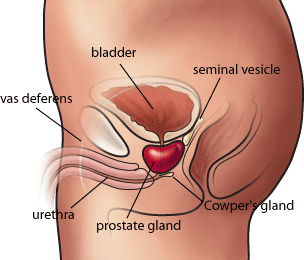
Public services is a term generally used for services provided by the Government to its citizens, either directly (through the public sector) or by private financing services. The term is associated with a social consensus (most often expressed through democratic elections) that some services should be accessible to all, regardless of their income. Even when public services are not available or financed by public funds by public funds for social reasons and policies that are often subject to regulation beyond apply to most economic sectors. The utility is also a course that can be studied in college and / or college. These courses can lead to entry in the police, ambulance and firefighters. Utilities tend to be those that are considered essential to modern life that for moral reasons universal supply must be ensured, and that May be associated with human rights commodities (such as the right to water). An example of a service that is generally not regarded as an essential public service is the hairdresser. It can be assumed that the results are difficult to assign some individual effort and / or difficult to measure in terms of key characteristics such as quality. They often need a high level of training and education. They can attract people with an ethic of public service that you want to give something to the general public or community through their work and are willing to work harder for less pay as a result. (John Kenneth Galbraith has examined the role of these "public virtue" of economic growth.) Historically, large delivery of public services in developed countries is usually started in the late nineteenth century, often with the municipal development of gas and water. Later, other services such as electricity and health care have begun to be provided by governments. In most developed countries these services are still provided by local or national government, the main exceptions are the USA and the UK where the private sector is more important. However, those provided by private utilities are often highly regulated, for example (U.S.) by the Public Utilities Commission. In developing countries utilities tend to be much less developed. Services related to water, for example, is available only for the rich middle class. For political reasons, the service is often subsidized, which reduces the available funding for the expansion of the poorest communities. Nationalisation really took off after the world wars of the first half of the twentieth century. Across Europe, because of the extreme demands of industry and the economy, central planning was necessary to ensure the highest degree of efficiency of production has been obtained. Many utilities, especially electricity, gas and public transport are the products of this era. After the Second World War, many countries have also begun to implement universal health care and extend the financing of education and guidance of the State. There are several ways to privatize public services. A free market enterprise May be created and sold to private investors, abandoning completely controlled by the government. This essentially ends the public service and make a private service. Another option, used in the Nordic countries, is to establish a company, but maintain ownership or voting rights mainly in the hands of government. For example, the Finnish state holds 49% of Kemira, with the remainder held by private investors. A 49% share does not make it into a "corporate governance", but it means that everyone at the same time investors have to oppose the views of the State to annul the decision of State the meeting of shareholders. Regulated May company also gained the agreement that meet certain public service obligations. When a private company runs a natural monopoly, then the company is generally highly regulated to prevent abuse of monopoly power. Finally, the government can buy the service on the open market. In many countries, drugs are available in the following way: the government reimburses part of the price of medicines. In addition, the bus traffic, electricity, health care and waste management was privatized in this manner. A recent innovation, used the United Kingdom increasingly, as well as Australia and Canada is a public-private partnership. This implies a long season to private consortia in exchange for a portion of the financing of infrastructure. At the European level, some countries are using the name of the department of general interest, while others prefer public services. It was a debate, for example, during the drafting of the European constitution (the word services of general interest has been used). Many people think that way. See also the majority of the two names as synonyms, services of general interest does not mean that public services are provided by the officials, but can also be provided by a private company. THESE appointed his petition "for high-quality public services", but explained: "Public services are called services of general interest (SGI) and services of general economic interest (SGEI) in EU terminology."

